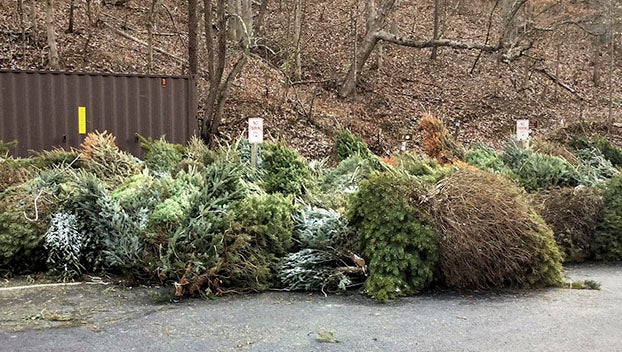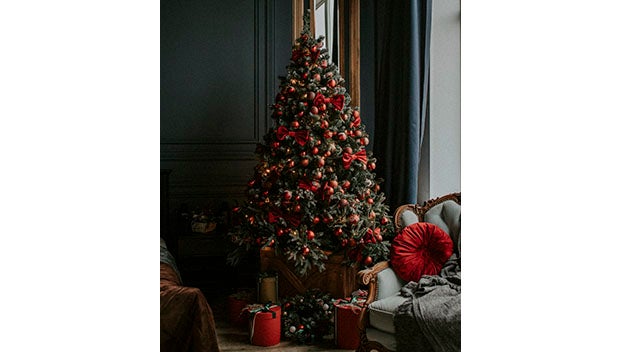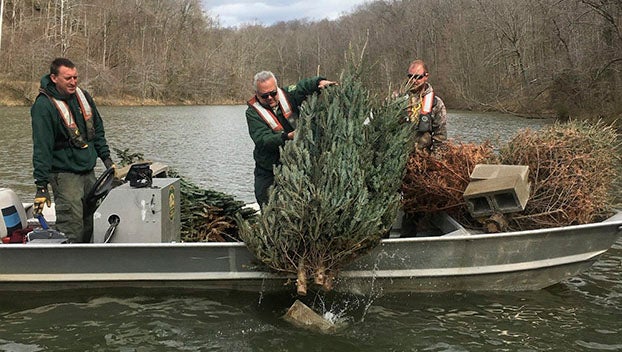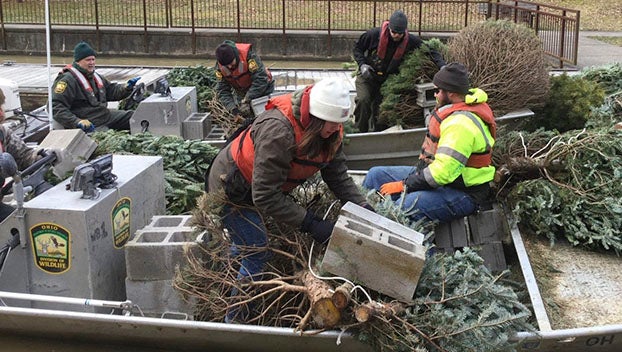Recycled Christmas trees become fish homes
Published 5:14 pm Friday, December 30, 2022
|
Getting your Trinity Audio player ready...
|
BY Savannah Halleaux
U.S. Agriculture
Harvesting and decorating a live Christmas tree is a holiday tradition in millions of U.S. households. Equally important and beautiful traditions surround taking down the coniferous holiday icon to recycle it for a second life and purpose.
The U.S. Department of Agriculture has a particularly creative Christmas tree tradition: recycling local communities’ live Christmas trees to build homes for fish.
“We’ve been doing this project for several years — at least as long as anyone who works here can remember” said Ashley Kuflewski, biologist with the USDA. “We work with some great partners, and we couldn’t do it without their help.”
To help local families contribute their used live Christmas trees, the USDA works with partners like the local Lowe’s Home Improvement stores, which established collection points across the country. After removing the ornaments, lights and adornments, families drop off their used live trees at the collection points. There are no drop off points in Virginia or North Carolina, but the groups involved, especially in Ohio, provide a road map to make that happen.
Each year about this time, the trees are delivered to some national forests. National Park Service officials estimate they receive and process between 300 and 600 trees every year. Forest Service employees and volunteers prepare the trees by drilling holes in the trunks and tying them together in bundles of two or three.
Giving an example
On sinking day, employees from the Ohio Department of Natural Resources, Division of Wildlife, bring boats for loading and transporting the tree bundles to their final aquatic resting place. A cinder block is attached to the base of each bundle as a weight to anchor the tree to the lake or river bed.
“The trees help us get a good habitat going with lots of different species,” said Kuflewski. “That makes great large game fishing for the public.”
The trunks and branches of recycled trees add structure and complexity to the lakebed habitat in which small fish can feed and hide from predators. As the branches decompose, they grow beneficial algae that attract and feed zooplankton. The zooplankton and algae in turn feed mussels, snails, and crawfish that feed catfish and small baitfish. The small baitfish nourish and attract large gamefish for recreational and sustenance fishing for forest visitors.
With community support and a post-yuletide splash, new aquatic homes are established each winter for local flora, fauna, and fishermen to enjoy for years to come.
One of many options
This is one of the many Forest Service traditions for meaningfully repurposing Christmas trees. Ruby, the 78-foot-tall 2022 U.S. Capitol Christmas Tree, will become musical instruments such as guitars and banjos for donation to local communities. Sugar Bear, the 84-foot 2021 U.S. Capitol Christmas Tree became serving trays and lumber for picnic tables. Others, like as with most municipal tree recycling programs, were turned into mulch to benefit the diverse flora of local urban landscapes.
To find resources for locally recycling or repurposing your Christmas tree, contact your local municipality to see if they offer a program.








